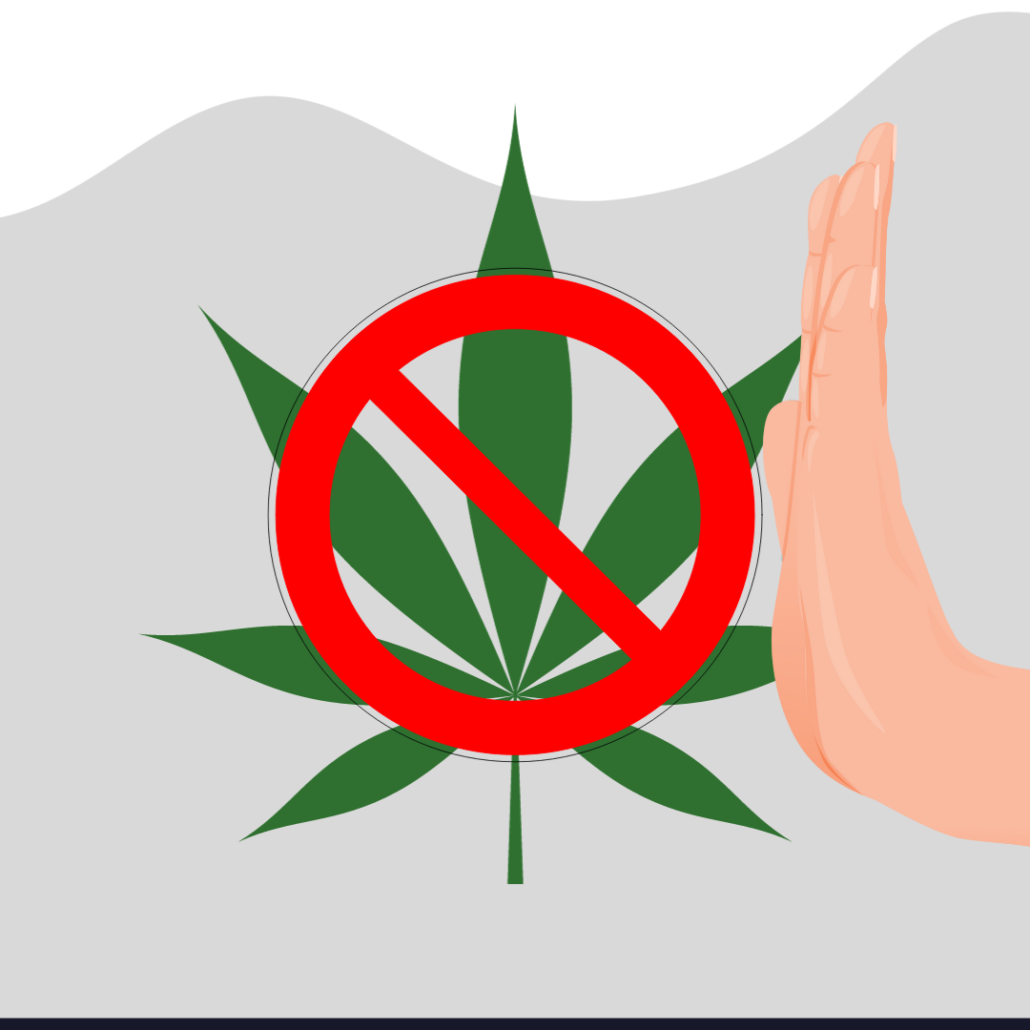
Cannabis and Chronic Pain
Cannabis is often promoted as a natural alternative for pain relief, and in the U.S., it’s one of the most common reasons people turn to medical cannabis. But what does the science actually say? Despite growing public interest, research shows that cannabis is not consistently effective in treating most types of acute or chronic pain. While a few studies suggest it might help with neuropathic pain—a condition caused by nerve




